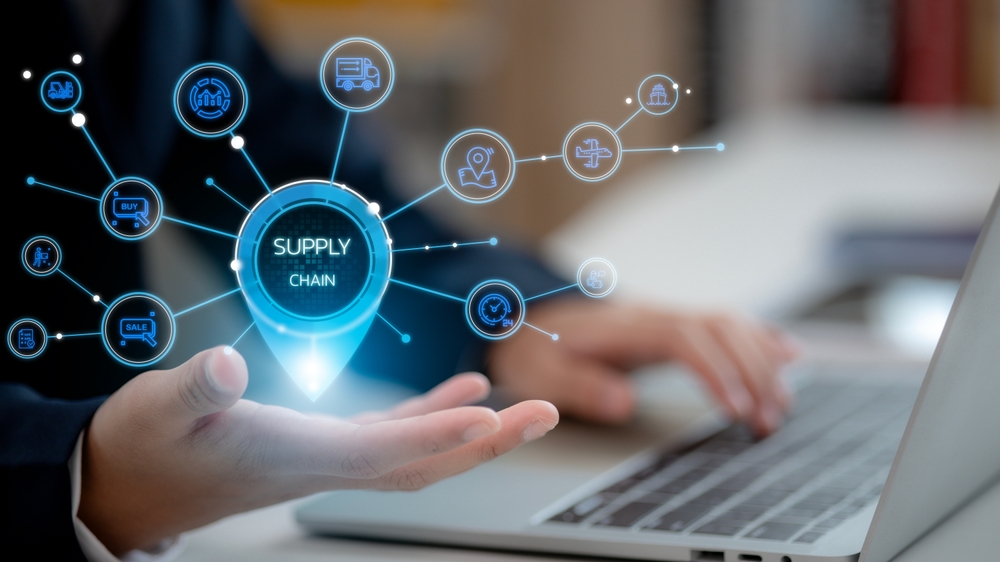By Stephen DeAngelis
The business world has embraced the acronym VUCA (which stands for Volatility, Uncertainty, Complexity, and Ambiguity) to describe the current business environment. In past articles, I, too, have used the acronym to describe current conditions. I have come to realize, however, that normalizing volatility and uncertainty as endurable conditions is unhelpful. The more I thought about it, I came to reject the notion that we must throw up our hands and surrender to normalizing VUCA in business operations. More recently, the business world has begun to use a different acronym: BANI (which stands for Brittle, Anxious, Non-linear, and Incomprehensible). The transitions from volatility to brittleness, uncertainty to anxiety, complexity to nonlinear cascades, and ambiguity to incomprehensibility reflect systems under unbearable strain. That sounds even worse, doesn’t it?
Kent Ledgerwood, a Senior Vice President for Value Engineering at One Network Enterprises, observes, “Given the ongoing uncertainty and rapid change in markets, technology, transportation, and shipping routes, supply chains need to be more agile and resilient than ever. Frankly, doing ‘business as usual,’ is not an option for most companies. Creating strategies, business continuity plans from history and trying to solve the problem with visibility, is doing just more of the same that we’ve always been doing, while hoping for a better result.”[1] He adds, “We need to rethink our approach thus far, and reimagine supply chains from top to bottom.”
Reimagining supply chain management involves moving from traditional, linear, and cost-focused models to more agile, resilient, collaborative, and data-driven end-to-end systems. I call reimagining supply chains getting “REAL.”
Getting REAL in Supply Chain Management
What does a BANI world look like? In a brittle world, global supply chains are optimized for efficiency and profit but are unfit for shocks. In an anxious world, societies are overwhelmed with information and stripped of trust in traditional institutions. In a non-linear world, crises cascade beyond human abilities to cope (often because they are poly-crises). In an incomprehensible world, ordinary people and leaders alike feel lost in the machinery, creating a barrier to effective governance. Combine all those world views into a single BANI framework and you can easily understand why a new way of doing business is necessary. The opportunity now is for radical reinvention, not by returning to past norms, but through embracing new models of resilience, governance, and understanding that acknowledge complexity and uncertainty without succumbing to helplessness.
I call this reinvention (or reimagination) “getting REAL.” In a REAL-world environment, businesses become Resilient, current events become Explainable, actions become proactive and Anticipatory, and decision-making is improved because the business environment becomes more Lucid. This framework provides a roadmap for systemic renewal and adaptation, enabling individuals, organizations, and societies to thrive amid complexity and uncertainty rather than merely enduring current conditions or collapsing because of the chaos. Below is a short description of how this can be accomplished.
Becoming Resilient requires building systems and cultures that withstand shocks without breaking — that requires embedding flexibility, redundancy, and learning capacity into systems.
Making the World Explainable means ensuring transparency, communication, and understanding are embedded in an organization so that decisions, technologies (especially AI), and policies are clear and trustworthy.
Adopting Anticipatory Actions requires developing foresight, scenario planning, and proactive strategies in order to anticipate and prepare for shocks rather than just reacting to them.
Cultivating Lucidity requires establishing clarity of purpose, communication, and collective understanding to reduce anxiety and incomprehensibility.
Making it Happen
Advances in artificial intelligence have opened the door to new supply chain management approaches — especially generative AI. Stefan Gstettner, Ashish Pathak, Dustin Burke, Fanny Grönlund, and Tristan Mallet, analysts from Boston Consulting Group (BCG), explain, “Generative AI lets companies capture previously untapped benefits of AI in supply chains. By simplifying user interfaces, automating operations and decision making, and generating actionable insights from large data sets, GenAI overcomes the complexities of earlier AI implementations and promotes higher adoption. As supply chain technology grows more complex and the shortage of skilled professionals intensifies, companies must adopt GenAI to compete successfully.”[2]
Analysts from Accenture assert that in order to become resilient, companies must coordinate resilience efforts across the following areas of the enterprise:[3]
Technology resilience — “Building the base for reinvention: Since the pandemic, technology resilience is a top priority for business leaders, driven by AI, data capabilities, cybersecurity and most recently next-generation AI, including agentic architecture.”
Commercial resilience — “Balancing cost pressure and pricing power: Commercial resilience is under immediate pressure as companies must quickly decide which costs to absorb and which to pass on due to rising tariffs, increasing input costs and fluctuating demand.”
People resilience — “Undervalued and undercut: In the race to adopt gen AI and agentic technologies, many organizations are prioritizing technology investments without a parallel focus on people. [Accenture] research shows that companies that strengthen both talent and technology are four times more likely to achieve long-term profitable growth.”
Operational resilience — “A critical blind spot: [Accenture’s] Resilience Index shows a sustained decline in this capability since before the pandemic. The new benchmark for operational resilience, and one that many organizations are struggling to meet, is the real-time flexibility to shift, reroute or reconfigure operations in response to sudden changes.”
Accenture analysts believe that moving towards an autonomous supply chain will help organizations become more REAL. They explain, “The most advanced autonomous supply chain models combine automation (machinery replacing manual tasks) and delegation (machines independently making decisions), while maintaining the synergy of human + machine collaboration. Transparency across enterprise functions is another key ingredient for enabling autonomous decision-making, particularly for advanced technologies like agentic AI, which require end-to-end visibility to function effectively.”[4]
Getting REAL means organizations must collect and analyze the right kind of data at the right time. Nick Matthews, Vice President for Solutions & Architecture at Wiliot, explains, “Enterprises have long used machine learning models to forecast demand, optimize routing and manage inventory levels. Historically, these models relied on historical data and best-guess predictions, producing estimates with reasonably broad error margins. The outputs were probabilistic, because the inputs were limited. What’s changing now is the quality and quantity of the data flowing into these models. … We’re no longer relying on assumptions; we’re measuring what’s actually happening. … This shift, from historic and predictive data to real-time data, enables better accuracy, faster response times, and greater operational resilience.”[5]
Concluding Thoughts
Accenture analysts conclude, “Traditional efficiency strategies are calling for a rethink.”[6] They add, “Growing online demand, climate change, a changing trade environment and workforce shortages are putting unpredictable pressure on supply chains.” To cope with this changing business environment, they insist, “Autonomous systems can deliver benefits in financial performance, operational efficiency, sustainability and resilience.” In other words, organizations need to get REAL. To help clients get REAL and move beyond uncertainty, Enterra Solutions® developed the Enterra Dynamic Enterprise Resiliency System™ (EDERS™): a groundbreaking product designed to enable enterprises to convert macroeconomic and geopolitical chaos into a powerful competitive advantage. EDERS is built on Enterra’s Autonomous Decision Science™ platform, which enables organizations to autonomously analyze data, predict outcomes, and execute optimized decisions with high accuracy across complex business operations. It’s time for your organization to get REAL.
Footnotes
[1] Kent Ledgerwood, “Rethinking Supply Chain Management,” The Network Effect, 13 November 2024.
[2] Stefan Gstettner, Ashish Pathak, Dustin Burke , Fanny Grönlund, and Tristan Mallet, “How GenAI Reimagines Supply Chain Management,” Boston Consulting Group, 14 November 2024.
[3] Staff, “Resilience Redefined: From readiness to reinvention,” Accenture, 11 June 2025.
[4] Staff, “Making autonomous supply chains real,” Accenture, 20 May 2025.
[5] Nick Matthews, “Why Ambient IoT Is the Engine Behind the Next Supply Chain Revolution,” SupplyChainBrain, 12 September 2025.
[6] Accenture, “Making autonomous supply chains real,” op. cit.








